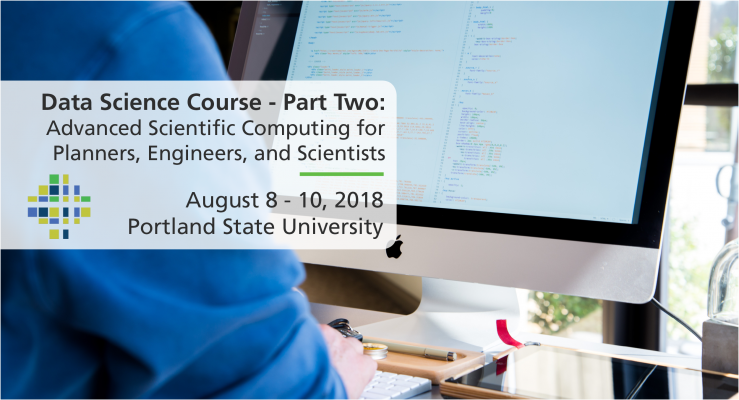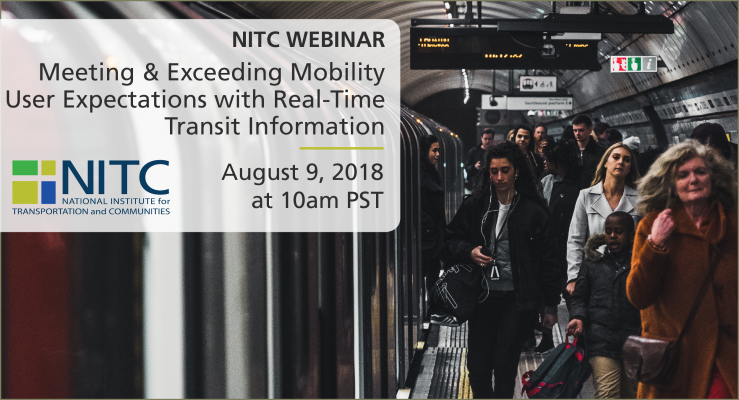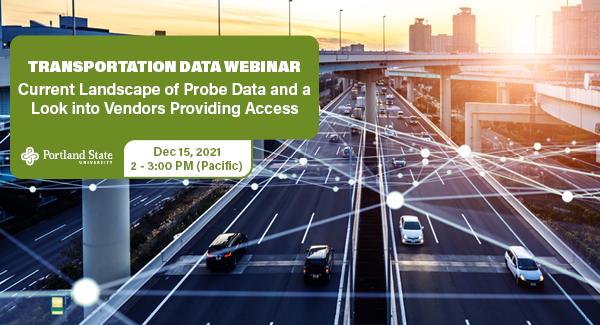Watch video
View slides
View Q&A: This document contains questions that were submitted during the webinar and the answers to them, which were not included in the broadcast due to time constaints.
Learn from experts and share your knowledge of how to count pedestrians. Are people with clipboards the only way? What technologies work and how can we use them? How can an agency improve an existing or start a new pedestrian count program? Join us for an information sharing webinar on this quickly evolving topic. We will learn from leaders in the field and encourage active audience involvement, so come prepared to share your experience!
This IBPI webinar is part of a project sponsored by FHWA to study best practices in pedestrian traffic monitoring.
Portland State University is working with ICF International and Sprinkle Consulting on a contract to the U.S. Department of Transportation, Federal Highway Administration to advise them on potential improvements to the Traffic Monitoring Guide specific to pedestrian travel.
Featuring:
- David Jones of the Federal Highway Administration will introduce the topic and...




